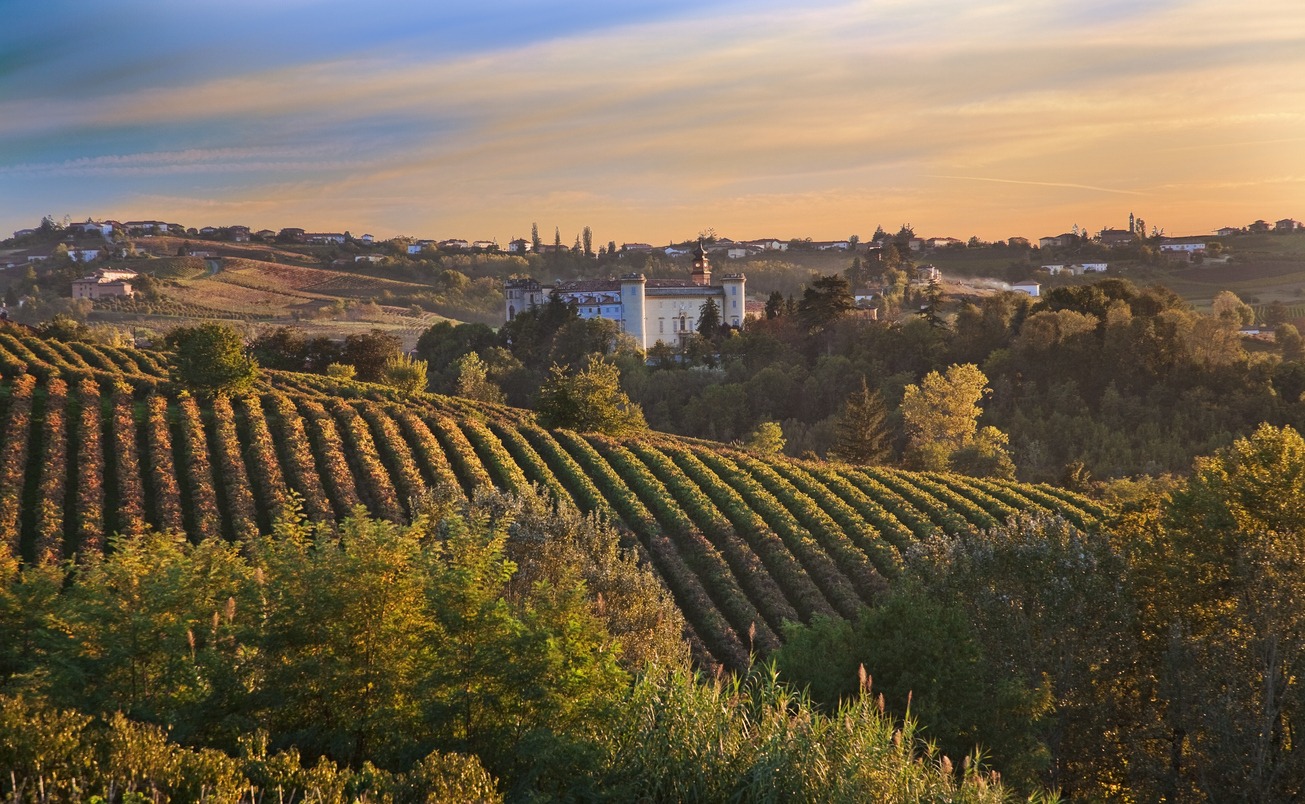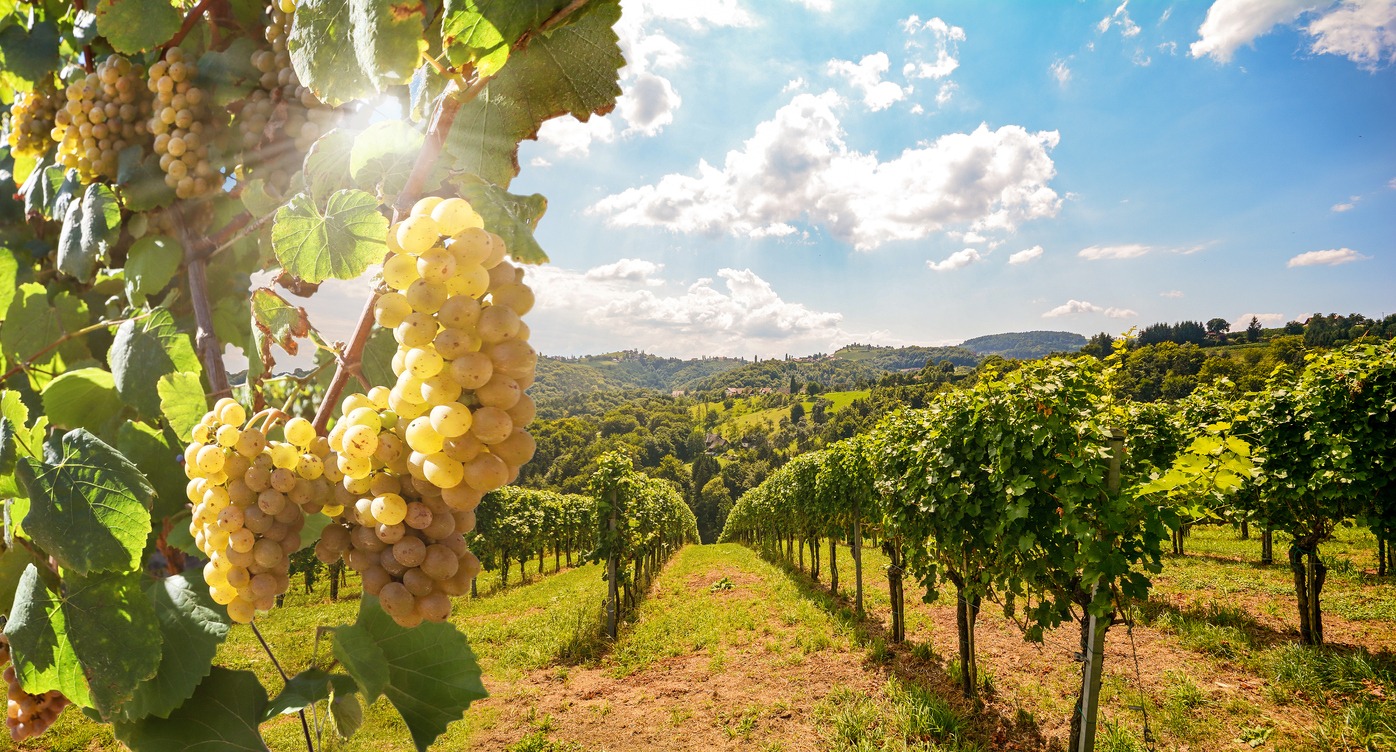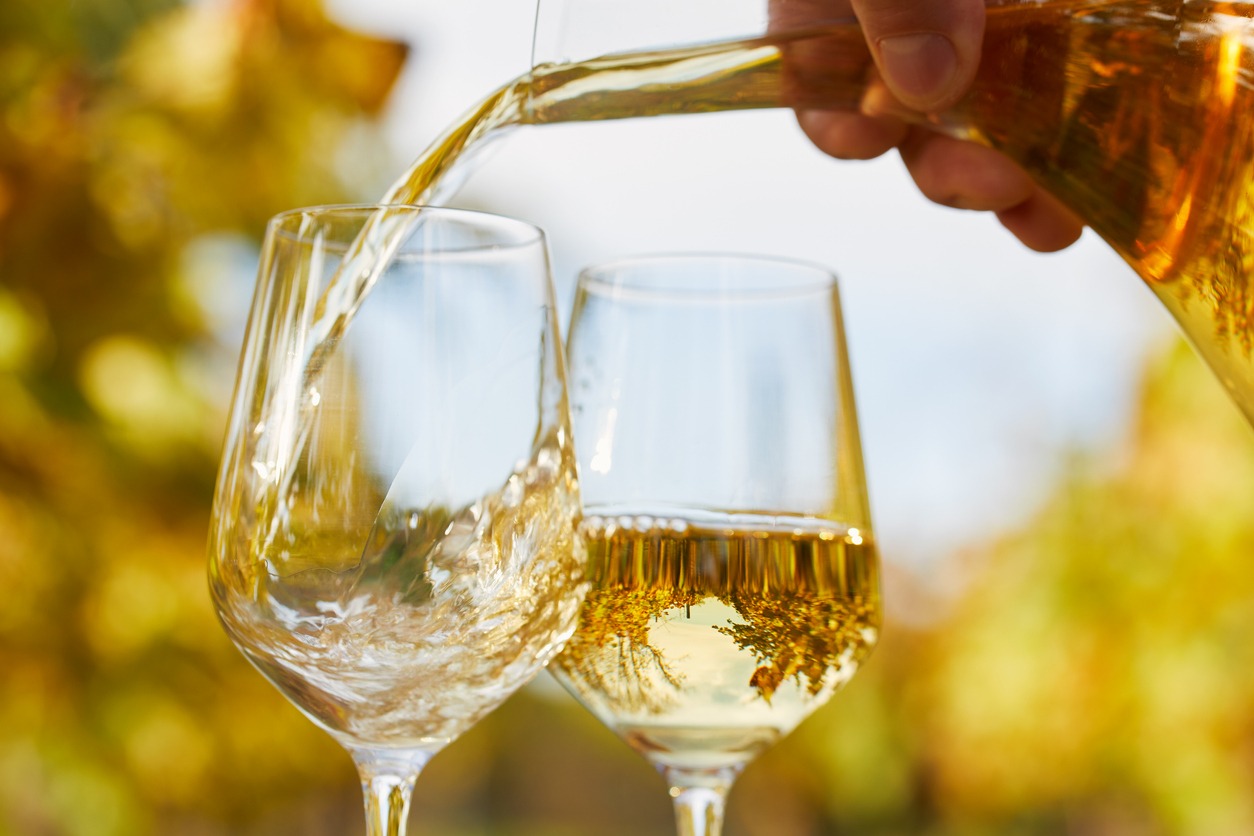Moscato and Riesling are two popular types of white wine that often appeal to a range of palates, but they possess distinct characteristics that set them apart. Originating from different grape varieties, they present unique flavor profiles, sugar levels, and aromatic bouquets that cater to diverse preferences. Moscato, typically crafted from the Muscat grape, is known for its sweetness and lightness, making it a favorite for those who favor a sweeter, fruitier wine. It often carries a perfumed aroma, with a pronounced essence of peach and orange blossom, and its sweetness is balanced by a smooth acidity.
On the other hand, Riesling, deriving from grapes that share its name, can range from dry to sweet, offering a versatile experience. Its complex flavor profile often includes notes of citrus, peach, apricot, and at times, a distinctive minerality. Riesling wines are frequently full-bodied, with an acidity that can cut through the sweetness to create a well-rounded taste. Wine enthusiasts appreciate Rieslings for their aging potential, as they can develop richer, more intricate flavors over time.
Both Moscato and Riesling can complement a variety of dishes, enhancing the dining experience. Moscato’s sweetness pairs well with desserts and spicy cuisine, while Riesling’s complexity matches the flavors of seafood, poultry, and even some Asian foods. When selecting between the two, personal taste preferences and the intended food pairing play a pivotal role.
Origins and History
The distinction in the origins of Moscato and Riesling grapes further accentuates their unique profiles in the world of wine. Tracing their histories unveils a deep connection to their respective native regions and influence on wine culture globally.
Origin of Moscato
The Moscato grape, also known as the Muscat grape, carries a rich history believed to stretch back to Ancient Egypt. It then found its way through the Mediterranean, solidifying its presence extensively in Italy. Over time, the Moscato grape has become synonymous with Italian viticulture, particularly known for producing sweet, aromatic wines that have gained considerable popularity.
Origin of Riesling
Emerging from Germany, the Riesling grape was first grown along the Rhine River. Historical accounts suggest its cultivation dates back to the 1400s, though it became widely sought after in the 1800s. Germany’s cool climate along the Rhine River is ideal for Riesling, and this region continues to produce some of the finest examples of the varietal. The grape also has a significant footprint in the Alsace region of France, which shares a border with Germany and hence a part of its winemaking heritage.
Grape Varieties and Wine Styles
Exploring the distinct grape varieties and wine styles of Moscato and Riesling reveals a diverse world within white wines, encompassing varying levels of sweetness, body, and effervescence.
Moscato Grape Varieties
Moscato wines primarily derive from the Muscat Blanc grape, one of the oldest cultivated grape varieties known. It offers a range of wine styles, including:
- Sweet Moscato: Typically light-bodied with a pronounced sweet flavor profile.
- Pink Moscato: Exhibits a blush color with notes of berries amidst its sweetness.
- Sparkling Moscato: Effervescent and sweeter, often served as a dessert wine.
- Still Moscato: Less common, this style is sweet yet without the sparkle.
Riesling Grape Varieties
Riesling grapes, originating from Germany, present a versatile spectrum of wine styles. These encompass:
- Dry Riesling: Crisp and less sweet, accentuating mineral complexity.
- Sweet Riesling: Richer and sweeter, ranging up to lusciously sweet dessert wines.
- Sparkling Riesling: A rarer find, this style fuses Riesling’s characteristic flavors with lively bubbles.
Each Riesling style reflects diverse terroirs, particularly from German regions, famed for this grape variety. These styles cater to tastes from dry to very sweet, often marked by vibrant acidity and fruit-driven aromatics.
Tasting Profile
The distinct tasting profiles of Moscato and Riesling are shaped by their unique aromas and flavors, which range from sweet and fruity to crisp and mineral.
Moscato Tasting Notes
- Aroma: Moscato typically exudes a strong floral aroma, with hints of orange blossom and honeysuckle.
- Flavor: On the palate, it presents fruity flavors like peach, nectarine, and sometimes pear. Moscato often has a sweet taste profile with low to moderate acidity, making it a refreshing choice.
Riesling Tasting Notes
- Aroma: Riesling wines are known for their pronounced aromas of citrus, apple, and at times, a unique petrol note.
- Flavor: The flavor profile can vary from sweet to dry, showcasing high acidity and mineral qualities. Notes of stone fruit such as apricot and peach, along with honeycomb and a crisp citrus palate, are common in Riesling wines.
Food Pairing and Serving
Selecting the proper food pairing for either Moscato or Riesling can elevate the dining experience. These wines offer diverse profiles suitable for various dishes, accentuating flavors on the palate.
Moscato Food Pairing
Moscato is typically lighter and sweeter, making it an exemplary match for lighter desserts and fruit-based dishes. A classic pairing involves:
Desserts: Light cakes, fruit tarts, and creamy desserts.
Specifically, Moscato complements:
Fruit Pairings: Fresh berries, peaches, or tropical fruits.
Additionally, the wine’s sweet profile can balance:
- Spicy Dishes: Moderately spicy Asian cuisine works well, as the sweetness of Moscato counteracts the heat.
Riesling Food Pairing
Rieslings come in both sweet and dry varieties, offering a versatile range for food pairings. For optimal enjoyment:
Sweet Rieslings: Harmonize with spicier foods or sweeter desserts.
Dry Rieslings: Pair excellently with:
- Pork: Roasted or lightly seasoned pork dishes.
- Chicken: Grilled or baked chicken benefits from Riesling’s crisp acidity.
- Fish: Especially good with light, flaky white fish.
The wine’s acidity also allows for:
Spicy Foods: Dry Rieslings can contrast and complement the bold flavors of spicy cuisine.
Wine Production and Regions
Wine enthusiasts often appreciate the regional nuances that contribute to a wine’s distinctive characteristics. The production regions of Moscato and Riesling reflect their adaptation to specific climates and terroirs, influencing the flavor profiles that distinguish these two popular varieties.
Moscato Production Regions

Moscato d’Asti and Asti Spumante are two notable sparkling wines produced in the Piedmont region of Italy, particularly from the province of Asti. The area is renowned for its aromatic Moscato grapes, which thrive in the rolling hills and unique climates, contributing to the wine’s pronounced sweetness and floral aroma.
Riesling Production Regions
Riesling finds its premier status primarily in the wine regions of Germany, where it is considered a national treasure. German Rieslings are highly valued for their balance of sweetness and acidity, cultivated in regions along rivers such as the Mosel and Rheingau, where the cooler climate and slate soil enhance the grape’s natural flavors. Beyond Germany, Riesling is also produced with regional variations in Alsace, Austria, and Australia, with each area imprinting its local terroir onto the grape, creating a diverse spectrum of Riesling expressions.
Buying Guide
When selecting a bottle of Moscato or Riesling, one must consider factors like sweetness levels, acidity, alcohol content, and their budget. A suitable choice hinges on personal taste preferences and the occasion.
Choosing a Moscato
Sweetness Levels & Residual Sugar: Moscato typically carries a higher level of residual sugar and is well-known for its sweet profile. Look for descriptions such as “semi-sweet” or “sweet” to gauge the level of sweetness.
Acidity: Despite its sweetness, a good Moscato should maintain a balance with a certain level of acidity to prevent it from being cloyingly sweet.
Alcohol Content (ABV): Generally, Moscato has a lower alcohol content, often between 5-7% ABV, making it a lighter option.
Price Point: Prices can vary, but Moscato is often quite affordable. It’s a fantastic choice for those who are new to the wine world or those looking for a budget-friendly, sweet white wine.
Choosing a Riesling
Acidity & Sweetness Levels: Riesling wines can range from dry to very sweet. Assess the acidity levels in combination with sweetness; a higher acidity can balance out the sweetness, creating a more complex profile.
Alcohol Content (ABV): Riesling’s alcohol content is typically higher than Moscato, usually around 8-12% ABV.
Sugar Content & Fermentation: The sugar content and whether the Riesling is fermented to dryness will also affect its sweetness. Those enjoying a less sweet profile should seek out a dry Riesling.
Versatility & Food Pairing: Riesling is celebrated for its versatility and can complement a wide variety of foods. It is also known for its potential to be aged, which can introduce more intricate flavors.
By focusing on these key features, one can choose a Moscato or Riesling that best fits their preference and the occasion, ensuring an enjoyable experience.
Final Thoughts
Moscato and Riesling represent two diverse and delightful experiences in the world of white wines, each offering unique characteristics that cater to different palates and occasions. Moscato, with its sweet, fruity profile, lower alcohol content, and gentle effervescence, is an excellent choice for those who enjoy a sweeter, lighter wine, often preferred as a dessert wine or a refreshing drink on a warm day. Its approachable sweetness makes it a favorite among new wine enthusiasts and those with a penchant for milder, fruitier flavors. On the other hand, Riesling, known for its remarkable versatility and range, can vary from dry to sweet. It is celebrated for its balance of acidity, complex flavor profile, and aromatic intensity. Riesling’s ability to pair well with a wide range of cuisines and its potential for aging make it a popular choice for both casual wine drinkers and connoisseurs alike.
Understanding the distinct qualities of Moscato and Riesling can significantly enhance your wine experience, whether you’re dining, celebrating, or simply enjoying a quiet evening. While Moscato offers a sweet, uncomplicated pleasure, Riesling brings a sophisticated and varied profile that can range from crisp and refreshing to rich and sweet. Each has its own place in the world of wine, and exploring their differences is not just an exercise in taste but also a journey through the diverse expressions of winemaking. Whether you prefer the light, sweet notes of Moscato or the intricate, diverse character of Riesling, both wines provide an opportunity to explore and savor the vast and vibrant world of white wines.


